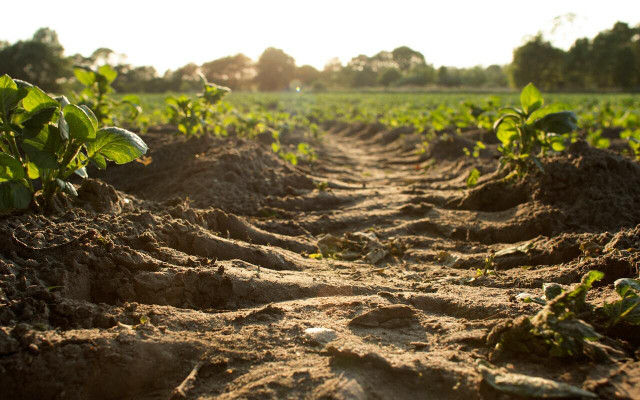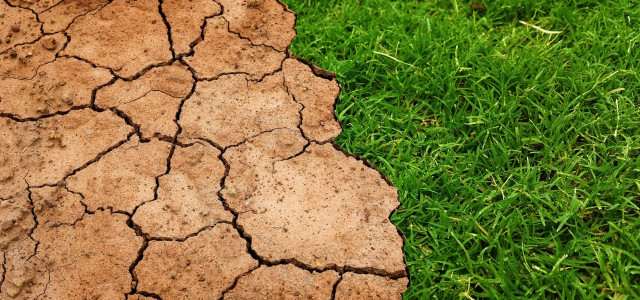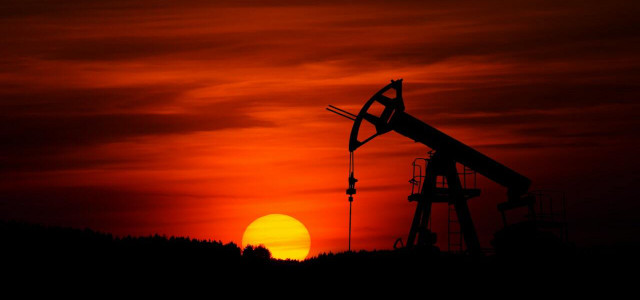Save Soil is the motto of a global movement to promote sustainable agriculture practices. We’ll explore the ins and outs of this movement, and what we know about it.
Soil is the foundation of life on earth, but it’s under threat from pollution, erosion, and overuse. The Save Soil movement aims to protect this vital resource and promote sustainable agriculture practices to ensure its longevity. Let’s explore the origins of the movement, its key ideas, and the impact it’s having on agriculture and the environment.
Origin: Save Soil Movement

The origins of the movement began 24 years ago, with the establishment of the Isha Foundation, a nonprofit spiritual organization in India.
Save Soil was then officially initiated in March 2022 by Sadhguru, the Isha Foundation’s founder, who embarked on a 100-day motorcycle journey through 27 nations to raise awareness about the soil crisis. His efforts have resulted in global recognition of the movement, with almost 50 monuments worldwide showcasing the campaign and creating awareness among people in their respective regions.
The Save Soil campaign remains ongoing, aiming to address the soil crisis in every part of the earth, and it has been successful in advocating for people all around the world to protect soil health.
The Isha foundation expressed the hope that the success of the Save Soil campaign will provide several benefits, including providing a more stable livelihood for farmers, promoting healthy eating, and ensuring our upcoming generations live in a safer and cleaner environment. However, the movement has not been without criticism.
Key Ideas of the Save Soil Movement



As you might have guessed — the main issues presented by the Save Soil movement are to address growing concerns about soil degradation and its impact on the environment.
Soil degradation is the process by which the quality of soil deteriorates due to human activities such as overuse, deforestation, urbanization, and intensive agriculture. This has resulted in soil erosion, loss of soil nutrients, and a decline in the soil’s ability to support plant growth. The consequences of soil degradation are profound, including reduced food production, increased greenhouse gas emissions, and compromised water quality.
The Save Soil Movement seeks to raise awareness about the importance of soil conservation and the implementation of sustainable farming practices. By protecting and improving soil health, we can ensure long-term environmental health and sustainable food production for generations to come.
Support and Criticism of the Save Soil Movement



Support:
Both the International Union for Conservation of Nature (IUCN) and the United Nations Convention to Combat Desertification (UNCCD) are in support of the Save Soil movement.
The IUCN voiced its support for soil conservation in 2022 when the Isha Foundation presented an outline of its ambitions before the World Health Organization (WHO), UN Sustainable Development Goals Lab, and IUCN. It was here that Sadhguru announced his 100-day road trip and explained the background behind the project.
The IUCN has worked with other organizations to develop guidelines for sustainable land management practices that help to prevent soil degradation. The organization also aims to increase awareness about the importance of soil biodiversity and promote the conservation of soil ecosystems.
Another major supporter was the UNCCD, which has been a strong advocate for soil conservation since it was established in 1994 to address the problem of desertification and land degradation. They also contributed to Sadhguru’s 100-day journey by live-streaming his visit to the city of Bonn, Germany.
Criticism:
On the flip side, the nonprofit media outlet Grist, which often supports environmental-related media and news, faulted the Save Soil movement for not having a more in-depth understanding or means of implementation for the project.
They cited several issues, such as a history of failed environmental projects, vague policy prescriptions that conceal the larger systemic issues at stake, and Sadhguru’s ties to nationalism and indigenous land seizures.
While the organization does endorse the fact that the underlying message of the movement to address land and soil degradation is undoubtedly important, they question the effectiveness of the campaign overall.
Beyond the Save Soil Movement



Despite these critiques of the movement itself, soil degradation remains a real and ever-present issue. According to the Food and Agriculture Organization (FAO), land degradation affects over one-third of the Earth’s land area, and over three billion people worldwide rely on agriculture for their livelihoods. The main causes of soil degradation, according to the WWF, are:
- Intensive agriculture causes soil degradation by depleting soil nutrients, compacting soil, and increasing erosion rates.
- Deforestation leads to land degradation by reducing soil fertility and water-holding capacity, increasing erosion rates, and causing the loss of biodiversity.
- Overgrazing causes soil degradation by reducing vegetation cover and compacting soil, which reduces water infiltration rates and increases erosion rates.
- Urbanization leads to soil and land degradation by increasing impervious surfaces, reducing vegetation cover, and increasing water runoff rates.
All of which lead to soil erosion, loss of soil fertility, and reduced water availability. These issues are compounded by climate change, which can exacerbate soil degradation through increased temperatures, droughts, and extreme weather events.
The risks of soil degradation are significant, including decreased crop yields, increased food insecurity, and the spread of desertification. To address these challenges, sustainable land management practices, such as conservation agriculture, agroforestry, and soil restoration, must be promoted and implemented on a global scale.
Whether the Save Soil movement is the answer to this or not remains to be seen. But the organization is certainly putting the spotlight on soil, and awareness is often a large part of the battle.
Read more:
- Terra Preta: What’s So Special About Amazonian Dark Earths?
- 10 Causes of Water Pollution & What You Can Do
- Nature-Based Solutions: A Sustainable Approach to Save the Planet
Do you like this post?








